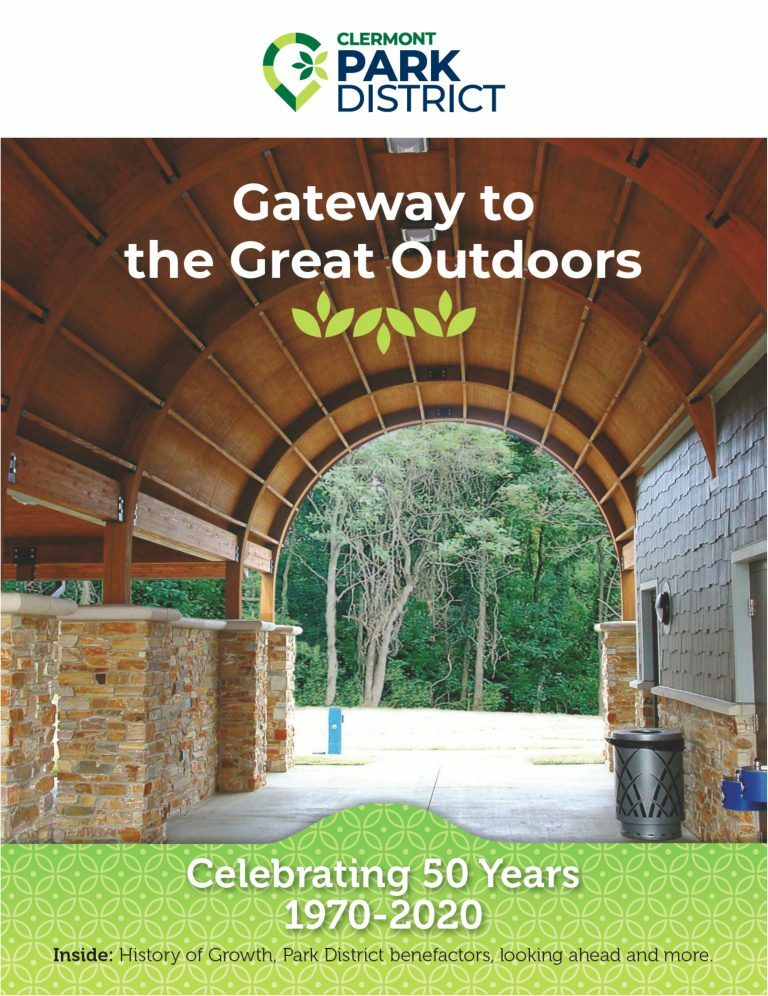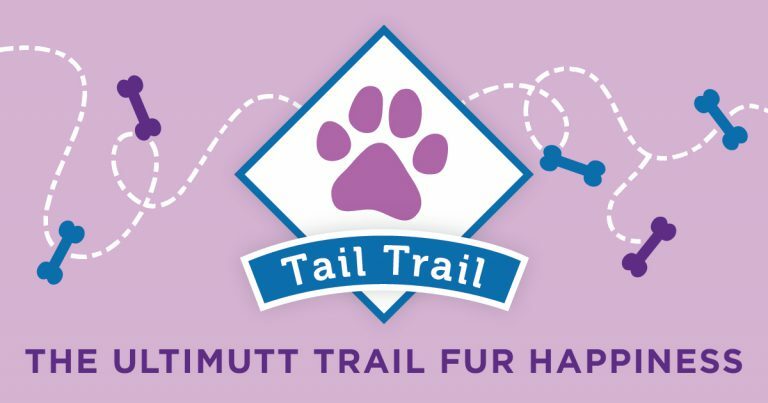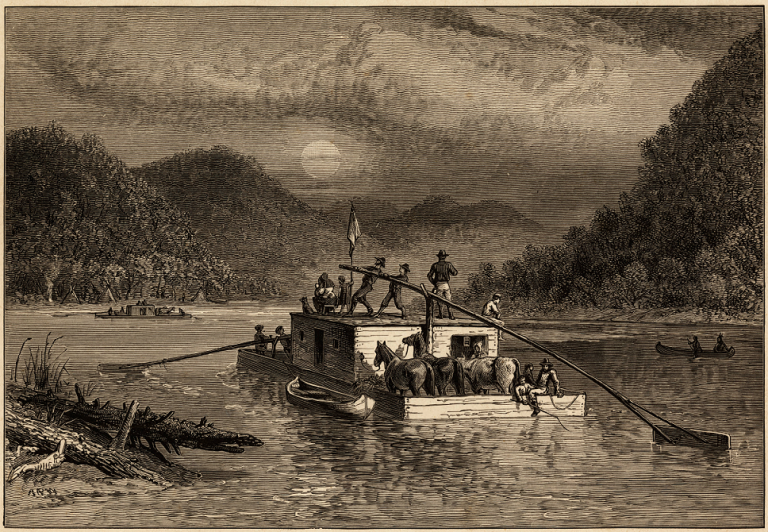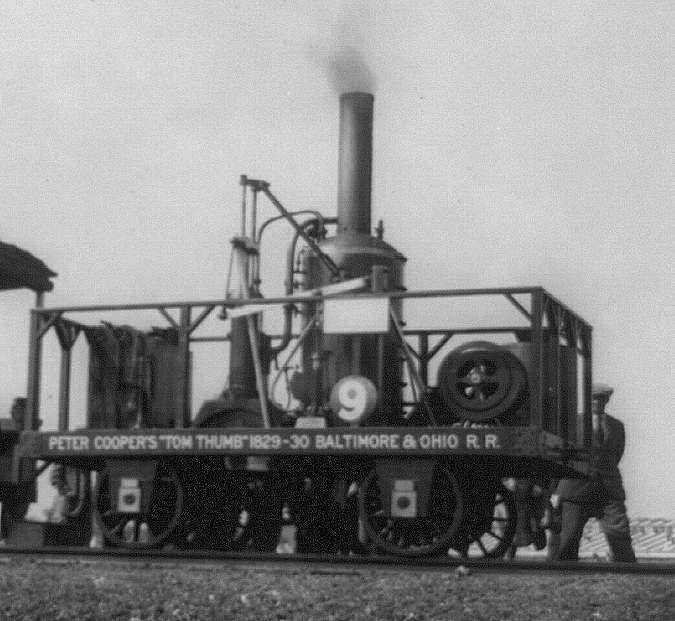News & RFPs
NEWS
Entry Tags (18 found)
adults application construction education event family grant habitat Improvements kids meetings nature park name playground rentals schools trails tree planting
Looking back on 50 years
The past year, our 50th year anniversary, wasn’t quite what we’d expected. As we begin the new year, we take a look back at our once big plans for 2020 and new hopes for the future. For 50 years we’ve been intertwined in the fabric of Clermont County, and we hope to continue to preserve and protect Clermont County’s natural resources for many years to come.
Read more about us and the past 50 year...

Visitors to the Williamsburg to Batavia Hike-Bike trail will find it easier to navigate their way. Brendan Baker, and his team from Williamsburg Troop 84, painted 60 new mileage markers along the trail for his Eagle Scout project.
He believes the mileage markers will help keep people using the trail safer. “My dad is a firefighter and we thought it would be easier for bikers that have wrecked on ...

Park District part of new Tail Trail
Don’t leave your dog at home.
The Clermont Park District partnered with Discover Clermont and several business across the county to create the new Tail Trail for area dogs and their human counterparts.
The Tail Trail includes dog-friendly hotels, patios, parks and paths all across the county. The best part? Your four-legged friend unlocks discounts and deals their people can enjoy at stops along...

What’s the Buzz with Cicadas?
The first buzzing of cicadas in the summer instantly brings what I assume to be some sort of placebo effect: once I hear their humming, instantly, I feel about 10 degrees hotter.
“Summer is here” they buzz in July, and it’s only going to get warmer and louder in the coming months.
The annual cicadas of the dog days of summer are one of the many misunderstood insects that some, if not most people...
The Clermont County Gold Rush
The Clermont County Gold Rush
In January 1848 James W. Marshall discovered gold in Sutter’s Mill, California sparking a gold rush that saw more than 300,000 people head west in search of their fortunes. While the California gold rush lasted until 1855, very few miners were able to strike it rich and returned home empty handed. But while the allure of gold and riches still occupied the minds of ma...
Forts of the Ohio River
Forts of the Ohio River
by Ben Morrill, Visitor Center Site Manager
European explorers opened up the land west of the Appalachian Mountains and by the 1700s France and Britain began fighting for control of the Ohio River Valley and its valuable resources. Looking to stake their claims to this new territory, European powers began constructing trading posts and forts along the Ohio River using them ...
Early Explorers of the Ohio River
Early Explorers of the Ohio River
by Ben Morrill, Visitor Center Site Manager
While Native American tribes had lived along the Ohio River for thousands of years, Europeans saw the Ohio River and the lands west of the eastern seaboard as unexplored and unknown territory. As European began opening up the New World, explorers embarked on journeys to chart this new land. These trips into the heart of ...
Native Tribes of the Ohio River
Native Tribes of the Ohio River
by Ben Morrill, Visitor Center Site Manager
Long before European settlers made their way westward the Native American tribes had been living near the Ohio River for thousands of years. In fact, the Ohio River gets its name from a Native American word meaning “great river.” Making use of the land and local resources, these tribes built self-sustaining settlements, fa...

Pirates of the Ohio River
Pirates of the Ohio River
by Ben Morrill, Visitor Center Site Manager
Often when you picture pirates, swashbucklers like Blackbeard and Captain Kidd, sailing the ocean plundering ships are usually what come to mind. But oceans aren’t the only place pirates can be found. As the American frontier opened up river pirates posed a serious threat to settlers moving westward down the Ohio River, lying in...

A Brief History of Steamboats: The End of an Era
by Ben Morrill, Visitor Center Site Manager
While steamboats revolutionized transportation in the early 1800s, another transportation revolution ultimately spelled the end of the steamboat. By the 1890s, trains and railroads were the most popular method of travel in America, while the emergence of automobiles in the early 1900s provided travelers wi...

